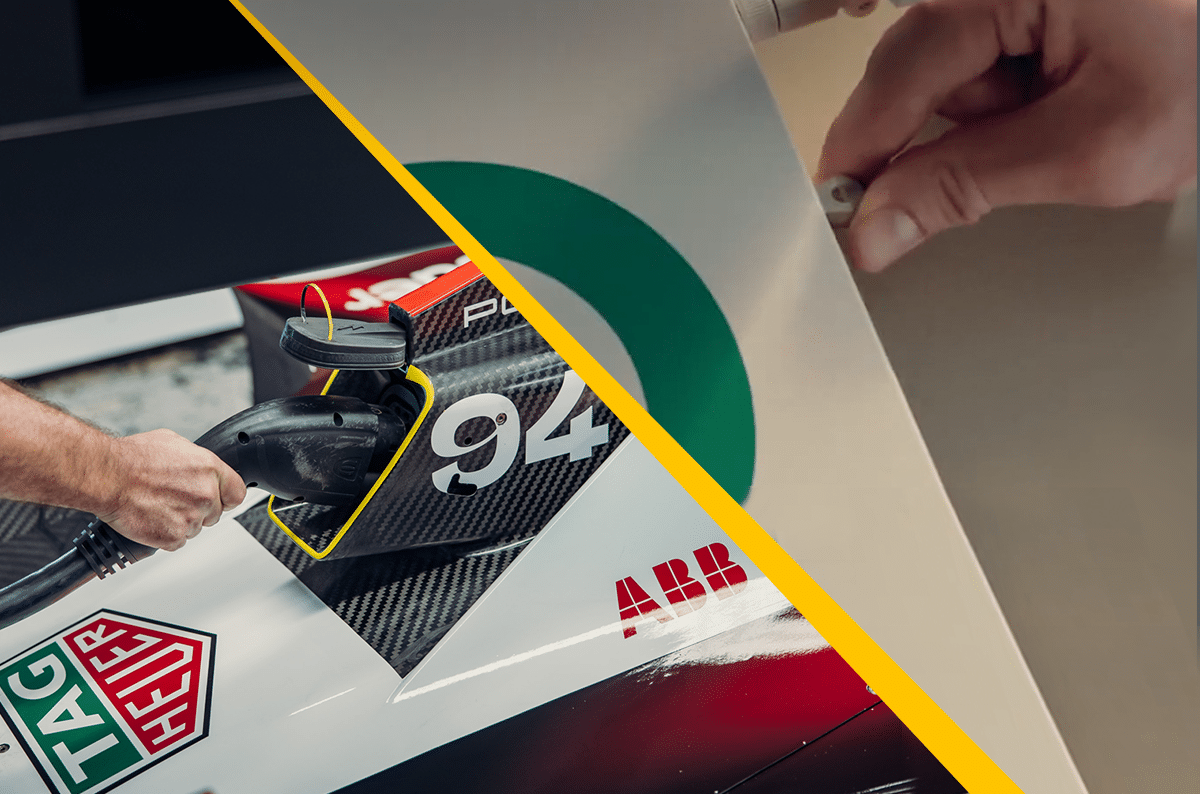Lessons on Cybersecurity from Formula E

|
Listen to post:
Getting your Trinity Audio player ready...
|
The ABB FIA Formula E World Championship is an exciting evolution of motorsports, having launched its first season of single-seater all-electric racing in 2014. The first-generation cars featured a humble 200kW of power but as technology has progressed, the current season Gen3 cars now have 350kW. Season 10 is currently in progress with 16 global races, many taking place on street circuits. Manufacturers such as Porsche, Jaguar, Maserati, Nissan, and McLaren participate, and their research and development for racing benefits design and production of consumer electric vehicles.
Racing electric cars adds additional complexity when compared to their internal combustion counterparts, success relies heavily on teamwork, strategy, and reliable data. Most notable is the simple fact that each car does not have enough total power capacity to complete a race. Teams must balance speed with regenerating power if they want to finish the race, using data to shape the strategy that will hopefully land their drivers on the podium.
Building an effective cybersecurity strategy draws many parallels with the high-pressure world of Formula E racing. CISOs rely on accurate and timely data to manage their limited resources: time, people, and money to stay ahead of bad actors and emerging threats. Technology investments designed to increase security posture could require too many resources, leaving organizations unable to fully execute their strategy.
Adding to the excitement and importance of strategy in Formula E racing is “Attack Mode.” Drivers can activate attack mode at a specific section of the track, delivering an additional 50kW of power twice per race for up to eight minutes total. Attack mode rewards teams that can effectively use the real-time telemetry collected from the cars to plan the best overall strategy. Using Attack mode too early or too late can significantly impact where the driver places at the race’s end.
Simplicity at Speed: How Cato’s SASE Drives the TAG Heuer Porsche Formula E Team’s Racing | Watch NowIn a similar way, SASE is Attack Mode for enterprise cybersecurity and networking. Organizations that properly strategize and adopt cloud-native SASE solutions that fully converge networking and security gain powerful protection and visibility against threats, propelling their security postures forward in the never-ending race against bad actors. While the overall strategy is still critical to success, SASE provides superior data quality for investigation and remediation, but also allows faster and more accurate decision making.
As mentioned above, cars like the TAG Heuer Porsche Formula E Team’s Porsche 99x Electric have increased significantly in power over time, and this should also be true of SASE platforms. At Cato Networks, we deliver more than 3,000 product enhancements every year, including completely new capabilities. The goal is not to have the most features, but, like the automotive manufacturers mentioned previously, to build the right capabilities in a usable way.
Cybersecurity requires balancing of multiple factors to deliver the best outcomes and protections; like Formula E, speed is important, but so is reliability and visibility. Consider that every SASE vendor is racing for your business, but not all of them can successfully deliver in all the areas that will make your strategy a success. Pay keen attention to traffic performance, intelligent visibility that helps you to identify and remediate threats, global presence, and the ability of the vendor to deliver meaningful new capabilities over time rather than buzzwords and grandiose claims. After all, in any race the outcomes are what matter, and we all want to be on the podium for making our organizations secure and productive.
Cato Networks is proud to be the official SASE partner of the TAG Heuer Porsche Formula E Team, learn more about this exciting partnership here: https://www.catonetworks.com/porsche-formula-e-team/















